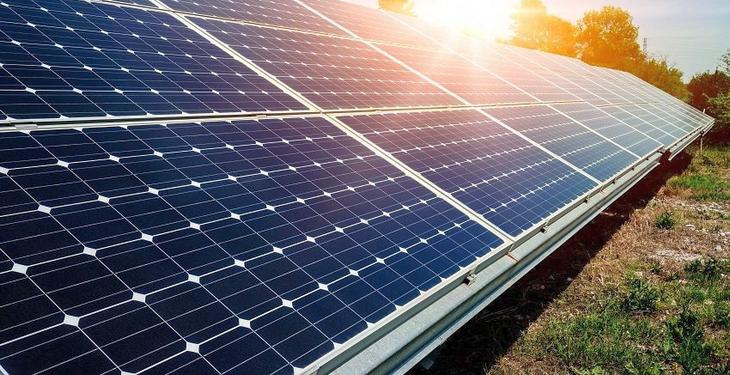The Energy Ministry has made public a study on CfD as a financing tool for investments in the energy sector; the study was conducted with the support of the experts from Marsh Europe, NERA Economic Consulting and CMS International Cameron McKenna Nabarro Olswang LLP SCP. The project writes about subsidies for renewable during 2019-2030 (1,3GW in onshore wind power plants and 1,050 MW in photovoltaic power plants (the new wind and photovoltaic capacities referred to in the Energy Strategy 2019-2030), but also about those that will lead to increase hydro capacity from 6,741 MW in 2018, to 7,490 MW in 2030. For the first time, the Cernavodă nuclear reactors 3 and 4 project is referred to as eligible to enter this mechanism. There is also mentioned a new capacity based on lignite, in which installations will have to be equipped with carbon dioxide capture and storage (CCS), but also for carbon capture and utilization (CCU) technologies.
The Ministry of Energy’s study comes in the context in which the need for new power generation capacities is increasingly evident in Romania, and the European directions open the way for a growing share of green energy.

“The two most common types of subsidy systems are the feed in tariff and the green certificates system. They have proposed different solutions for managing and taking investment risks. Thus, in the case of feed in tariff, the producer receives a guaranteed income, the risk being very small, but it does not stimulate a sustained activity in the market or for finding clients, thus affecting competitiveness. It have been more than few situations, when the producer was compensated in excess for its production.
In the green certificates formula, the producer takes a higher risk exposure because it is conditioned by making agreements to sell energy and the green certificates. This system has also shown its minuses, and there have been situations of overcompensation or when green certificates system have collapsed.
So that, in recent years, a mixed hybrid formula has emerged, Contracts for Difference (CfD) whereby the risk is split between the state and the producer.

This requires producers to pay back money when wholesale electricity prices are higher than the strike price and provide financial support to them when wholesale electricity prices are lower.
Implementation of such a system in Romania involves the creation of special tools, mechanisms and institutions. One of the major challenges will be the existence of the obligation to trade the produced energy on centralized markets.”
A smart design of the CfD mechanism can contribute to Romania’s transition to an optimal energy mix that includes more clean and renewable sources of energy while taking into account local characteristics.
